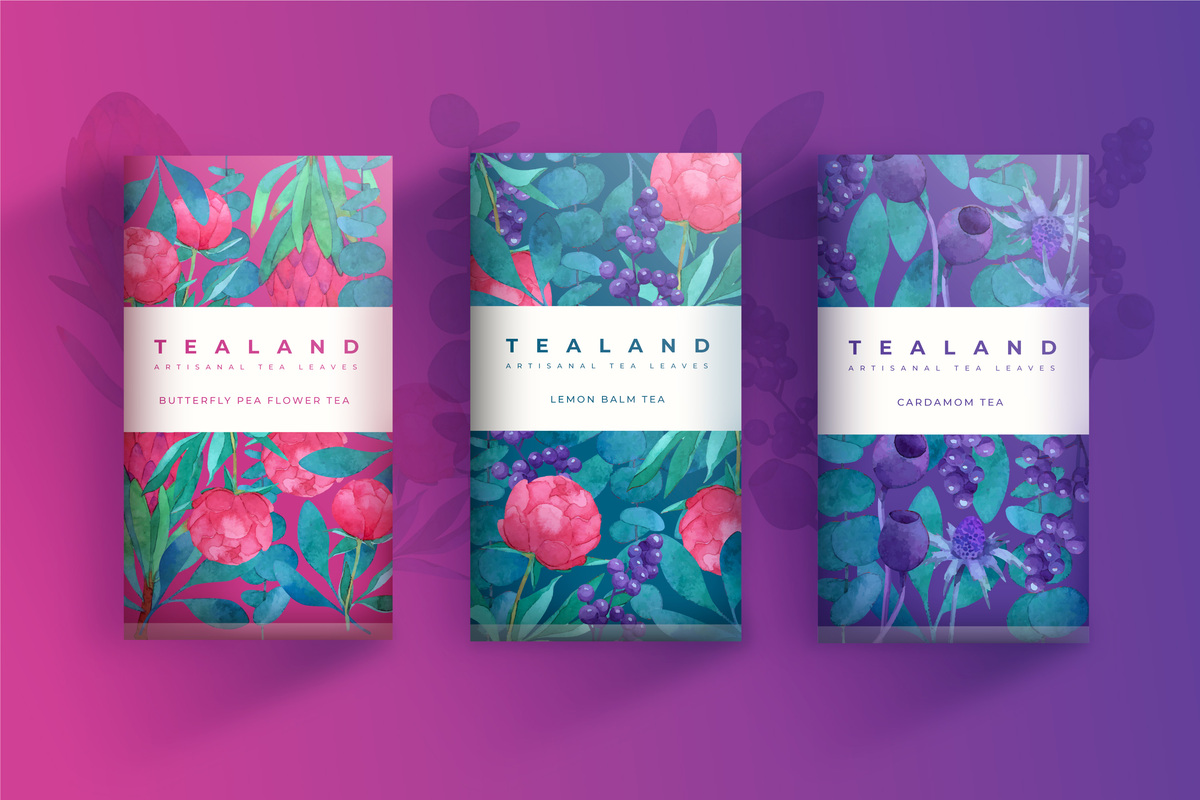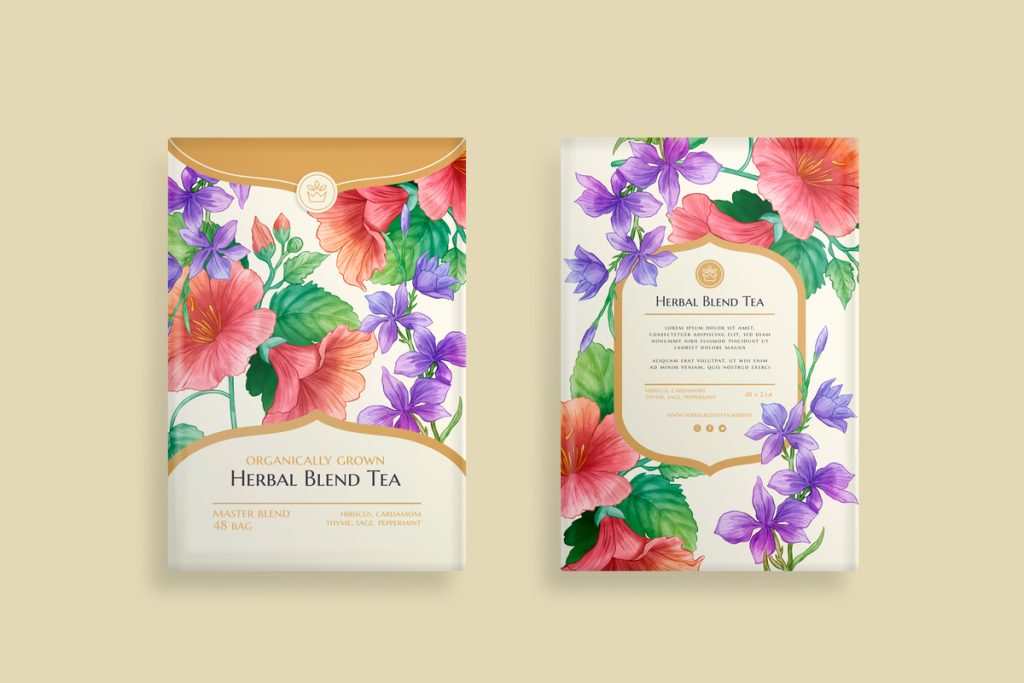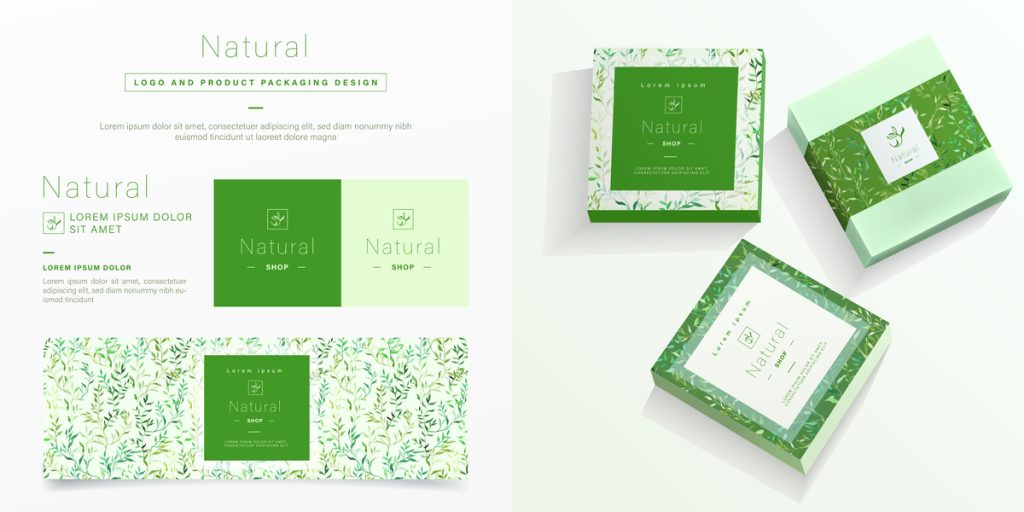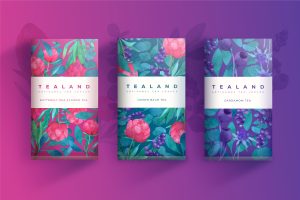
Introduction
Packaging design- plays a vital role in today’s consumer-driven marketplace. In an era where product choices are abundant and competition is fierce, packaging has emerged as the final touch that can make or break a product’s success. It goes beyond mere functionality and protection; packaging design has become an art form that captures the essence of a brand, communicates its values, and entices consumers to make a purchase.
The significance of extends far beyond its aesthetic appeal. It serves as a powerful marketing tool that engages customers at the point of sale, commanding their attention amidst a sea of options. The visual elements, typography, colors, and materials used in packaging can evoke emotions, convey a brand’s identity, and create a memorable impression that lingers in the minds of consumers long after the purchase is made.
Moreover, packaging design is an essential component of a product’s overall sustainability and environmental impact. As the world becomes increasingly conscious of environmental concerns, brands are under pressure to design packaging that is both visually appealing and eco-friendly. Innovations in packaging materials and design strategies are revolutionizing the industry, paving the way for greener alternatives that reduce waste and promote sustainability.
In this exploration of we will delve into the key elements that make packaging visually striking, functional, and sustainable. We will examine the role of packaging in establishing brand identity, enhancing customer experience, and creating a lasting connection with consumers. Join us as we uncover the intricate world of packaging design and discover how it serves as the final touch to product presentation in today’s dynamic marketplace.
How does packaging design impact a product’s brand identity?
Packaging design plays a significant role in shaping and reinforcing a product’s brand identity. It serves as the visual representation of a brand, communicating its values, personality, and positioning to consumers. Through careful consideration of design elements such as typography, color palette, graphics, and imagery, packaging design creates a cohesive and consistent brand experience.
Firstly, packaging design helps establish brand recognition. A well-designed package can incorporate the brand’s logo, tagline, and visual elements, creating a distinct and recognizable identity. Consistency in packaging across different product lines or variations reinforces the brand’s presence in the market and helps consumers associate the package with the brand itself. Whether it’s a luxury brand exuding elegance and sophistication or a playful and vibrant brand targeting a younger demographic, visually captures the essence of the brand and becomes a key identifier.
For example, minimalist and sleek packaging may convey a sense of modernity and sophistication, while eco-friendly packaging materials can emphasize a brand’s commitment to sustainability. The choice of colors, fonts, and overall visual style can evoke specific emotions or convey a particular brand personality, influencing how consumers perceive the product and the brand behind it.
In crowded markets, where numerous similar products vie for consumers’ attention, a distinctive and eye-catching package can make a significant impact. Innovative shapes, unique materials, and unconventional design elements can help a product stand out on the shelves and attract consumers’ curiosity. Differentiation through packaging design not only drives initial purchase decisions but also fosters brand loyalty as consumers associate the distinct packaging with the positive experience they had with the product.

What role does packaging design play in enhancing customer experience?
It goes beyond being a mere container for a product and becomes an opportunity for brands to engage and delight consumers. Here are some ways in which packaging design enhances customer experience:
Firstly, packaging design creates a positive first impression. It is often the first physical interaction that consumers have with a product, and a well-designed package can immediately captivate their attention and generate excitement. A visually appealing and well-crafted package can create a sense of anticipation and elevate the perceived value of the product. It sets the stage for a positive customer experience right from the moment of unboxing.
Secondly, packaging design provides functional convenience. A well-thought-out package design considers the ease of use and functionality for consumers. It ensures that the product is protected during transit and storage, making it easy for customers to handle and access. Packaging design can incorporate user-friendly features such as easy-open seals, resealable closures, or ergonomic designs that enhance the usability and convenience of the product.
How can packaging design influence consumer purchasing decisions?
Packaging design holds significant influence over consumer purchasing decisions. It serves as a persuasive tool that can capture attention, communicate value, and ultimately drive consumers to choose one product over another. Here are several ways in which can influence consumer purchasing decisions:
Firstly, packaging design has the power to grab attention and stand out on crowded store shelves. In a competitive marketplace, where numerous products vie for consumer attention, a visually striking and well-designed package can immediately attract the eye and create curiosity. Bold colors, unique shapes, and eye-catching graphics can help a product differentiate itself and pique the interest of potential buyers.
A well-designed package should effectively communicate these details in a clear and compelling manner. Additionally, packaging design can create a perception of value through its aesthetics and quality. High-end packaging materials, elegant designs, and attention to detail can signal to consumers that the product is of superior quality and worth the investment.
What are the key elements of visually striking packaging design?
Visually striking packaging design incorporates several key elements that capture attention and make a lasting impact on consumers. These elements work together to create an aesthetically pleasing and memorable package. Here are some of the key elements of visually striking packaging design:
Color plays a crucial role in packaging design. Bold and vibrant colors can catch the eye and create visual interest. Colors can also evoke specific emotions and convey different brand personalities. The careful selection and combination of colors can help a package stand out on the shelves and create a strong visual identity.
Typography and fonts contribute to the visual appeal of packaging design. The choice of fonts can convey a brand’s personality, whether it’s sleek and modern, playful and fun, or elegant and sophisticated. Clear and legible typography ensures that essential information is easily readable, while creative and unique font styles add a distinctive touch.
Imagery can create an instant connection with consumers, conveying the product’s benefits or demonstrating its usage. Graphics, such as illustrations or patterns, can enhance the visual appeal and create a cohesive visual language for the brand. Imagery and graphics should align with the brand’s identity and resonate with the target audience.

How does sustainable packaging design contribute to environmental preservation?
Sustainable packaging design plays a crucial role in contributing to environmental preservation by minimizing the negative impact on the environment throughout a product’s lifecycle. Here are several ways in which sustainable packaging design promotes environmental preservation:
Firstly, sustainable focuses on reducing waste. It emphasizes the use of recyclable or compostable materials, such as paperboard, bioplastics, or recycled materials, which can be reused or repurposed after use. By choosing materials that have a lower environmental footprint and can be easily recycled or composted, sustainable packaging design helps divert waste from landfills, conserves resources, and reduces pollution associated with traditional packaging materials.
Secondly, sustainable packaging design aims to minimize the carbon footprint. It takes into account the entire lifecycle of a package, from material sourcing and production to transportation and disposal. By selecting lightweight materials and optimizing packaging dimensions, sustainable design reduces energy consumption during transportation and decreases greenhouse gas emissions. Additionally, sustainable packaging design encourages the use of renewable energy sources and eco-friendly manufacturing processes, further reducing the environmental impact.
What are some innovative materials used in eco-friendly packaging design?
Eco-friendly packaging design has embraced numerous innovative materials that offer sustainable alternatives to traditional packaging materials. These materials not only reduce the environmental impact but also provide unique properties and functionalities. Here are some of the innovative materials used in eco-friendly packaging design:
Bioplastics: Bioplastics are derived from renewable sources such as cornstarch, sugarcane, or algae. These materials have a lower carbon footprint compared to traditional plastics made from fossil fuels. Bioplastics can be used for various packaging applications, including films, trays, and containers. They are compostable or biodegradable, reducing the accumulation of plastic waste.
Mushroom Packaging: Mushroom packaging, also known as mycelium packaging, utilizes the mycelium network of mushrooms to grow around agricultural waste and form a durable and biodegradable packaging material. It offers excellent protective properties and can be molded into various shapes. Mushroom packaging is fully compostable and can serve as an alternative to polystyrene foam packaging.
Edible Packaging: Edible packaging materials are made from natural ingredients such as seaweed, starch, or fruit extracts. These materials are biodegradable, compostable, and safe for consumption. Edible packaging is especially suitable for single-use items like food wrappers and sachets, as it eliminates the need for disposal and reduces waste.
Recycled Paper and Cardboard: Recycled paper and cardboard are widely used in eco-friendly packaging design. These materials are made from post-consumer or post-industrial waste paper, reducing the demand for virgin fiber and conserving natural resources. They can be easily recycled again, closing the loop in the recycling process.
Bio-based Foams: Bio-based foams are alternatives to petroleum-based foams commonly used in packaging. They are made from plant-based materials, such as soy or corn, and offer cushioning and protective properties. Bio-based foams are biodegradable or compostable, providing a sustainable solution for protective packaging.
Plant-based Films: Plant-based films, often derived from materials like cellulose or polylactic acid (PLA), are used as sustainable alternatives to traditional plastic films. These films are compostable and have a lower carbon footprint. They can be used for wrapping food products, flexible packaging, or even as shrink films.
How can packaging design create a lasting impression on consumers?
Packaging design has the ability to create a lasting impression on consumers by engaging their senses, evoking emotions, and providing a memorable experience. Here are several ways in which packaging design achieves this:
A visually appealing package with striking colors, captivating graphics, and a well-executed design immediately catches the eye and draws consumers in. A visually pleasing package creates a positive association with the product and leaves a lasting visual imprint in the consumer’s mind.
Using unique textures, embossed details, or raised lettering adds a tactile dimension that engages the sense of touch. When consumers interact with packaging that feels premium, luxurious, or innovative, it creates a sensory connection and a memorable experience that contributes to their overall perception of the product.
Packaging that incorporates elements such as pull tabs, hidden compartments, or augmented reality experiences adds an element of surprise and delight. By providing an interactive experience, packaging design elevates the consumer’s engagement with the product, making it more memorable and leaving a lasting impression.

What trends are shaping the future of packaging design in the marketplace?
Several key trends are shaping the future of packaging design in the marketplace. Minimalism and simplicity are gaining popularity, with clean, uncluttered designs appealing to consumers seeking clarity and transparency. Sustainability is a significant trend, as brands adopt eco-friendly materials and optimize packaging to reduce waste and carbon footprint. Personalization and customization are on the rise, with variable data printing and digital technologies enabling tailored packaging experiences.
Interactive packaging, incorporating features like QR codes and augmented reality (AR), captivates consumers and provides engaging brand experiences. Smart packaging, integrating sensors and RFID tags, enables product traceability and real-time information access. Additionally, convenience is driving trends such as resealable packaging and single-serve portions. The demand for premium packaging is also increasing, with luxury finishes, embossing, and foiling adding a touch of sophistication.
Conclusion
The art of packaging design lies in its ability to combine functionality, aesthetics, and sustainability. By carefully selecting visual elements, typography, colors, and materials, brands can create packaging that not only stands out on the shelves but also resonates with their target audience. It serves as the final touch that completes the product presentation and communicates the brand’s story.
It creates a sense of anticipation, communicates product information, and fosters a connection between the consumer and the brand. A well-designed package can evoke emotions, trigger memories, and establish a sense of trust and reliability.
As the world becomes more environmentally conscious, packaging design is also undergoing a transformation towards sustainability. Brands are embracing eco-friendly materials, reducing waste, and exploring innovative packaging solutions that minimize the environmental impact without compromising on design aesthetics.






